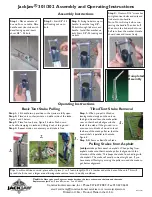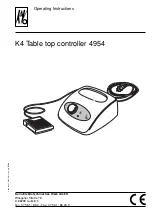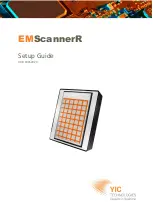
Allow the patient to hold the handgrips, with their
arms resting on the Arc-Rest. This will not apply if
fitting the sling around the patient before the lifter
is brought into close proximity.
Encourage the patient to lean slightly forwards to
enable the sling to be placed around the lower back
of the patient (see Fig. 1). Position the sling around
the patient's back so that the bottom of the sling lies
horizontally approximately two inches above the
patient's waistline, with the patient's arms outside
the sling. Ensure the support strap is separated,
brought loosely around the body, and is not twisted
or trapped behind the patient's back.
3. Fasten the support strap securely by overlapping
and pressing the "Velcro" together. The strap should
be tight, but comfortable for the patient. (See Fig.
2).
If the Lifter is not already in close proximity to the
patient bring it to the patient as described
previously.
Take each adjustment cord in turn and attach to the
sling. (See Fig. 3).
When both cords are attached correctly make
adjustments on both cords equally so that any slack
is taken up in each cord and the back section of the
sling supports the patient comfortably and securely,
lock the adjustment cords down into the cord
retaining cleats. (See Fig. 4).
Fig. 1
P.
13
33
B
•
Note:
The support strap will assist
in supporting the patient in the sling
during the lifting procedure. The strap
also retains the sling in the correct
position around the patient.
Fig. 2
P.
1
333
C
Fig. 3
P.
1
333
F
, P1
33
E, P
1
333
D
Fitting the loop lock cord attachment system.
Warning: Ensure the cone is pulled
tightly into the cup section. (See Fig. 3)
Warning: Ensure the cord end knobs are
away from the pro-active pad TM when
the patient's legs are near or in contact
with the pad.
Standing and Raising Slings- with loop and lock

























